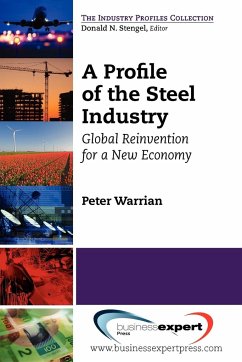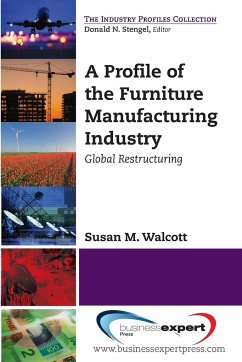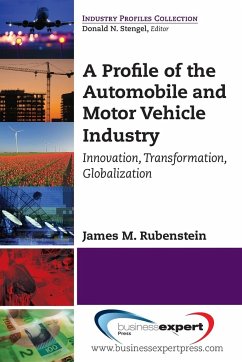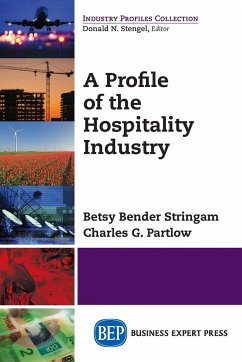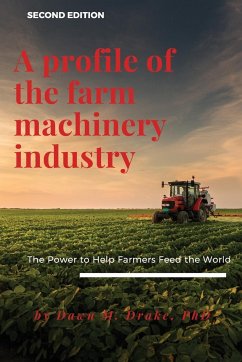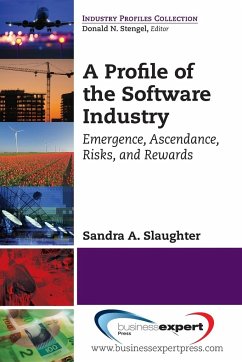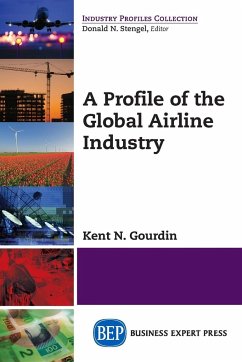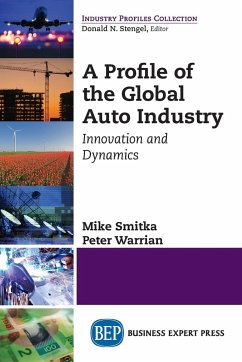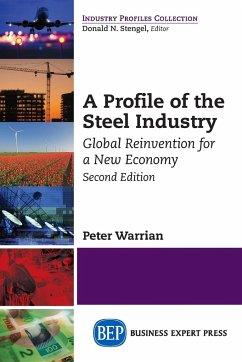
A Profile of the Steel Industry
Global Reinvention for a New Economy, Second Edition
Versandkostenfrei!
Versandfertig in 1-2 Wochen
21,99 €
inkl. MwSt.

PAYBACK Punkte
11 °P sammeln!
Steel companies were at the birth of the modern business corporation. The first billion dollar corporation ever formed was U.S. Steel in 1901. By the mid-twentieth century the steel mill and the automobile plant were the two pillars upon which the twentieth century industrial economy rested. Given the scale of capital and operations, vertical integration was seen to be pivotal, from the raw materials of iron ore and coal on one end of the supply chain to the myriad of finished products on the other. By the end of the twentieth century, however, things had dramatically changed. Take a look insi...
Steel companies were at the birth of the modern business corporation. The first billion dollar corporation ever formed was U.S. Steel in 1901. By the mid-twentieth century the steel mill and the automobile plant were the two pillars upon which the twentieth century industrial economy rested. Given the scale of capital and operations, vertical integration was seen to be pivotal, from the raw materials of iron ore and coal on one end of the supply chain to the myriad of finished products on the other. By the end of the twentieth century, however, things had dramatically changed. Take a look inside for a brilliant and concise history of the steel industry. The author presents a comprehensive account of the economics of the industry, with an overview of how the industry operates and the environment in which it operates. This book includes a detailed discussion of the regulation of the industry; a documentation of the reasons why a rejuvenated steel industry will be critical to the economic health of the modern economy; and a rationale for the reemergence of the steel industry in particular, and manufacturing in general, as a vital force in the North American economy of the new millennium. It is widely perceived that the United States is moving from an industrial age into an information age, driven by high technology. That image for steel is now being reversed. The steel industry has continuously been forced to remake itself, and this book describes those developments and dynamics. Information technology is pervasive across the industry and ecological improvement is steel intensive.





